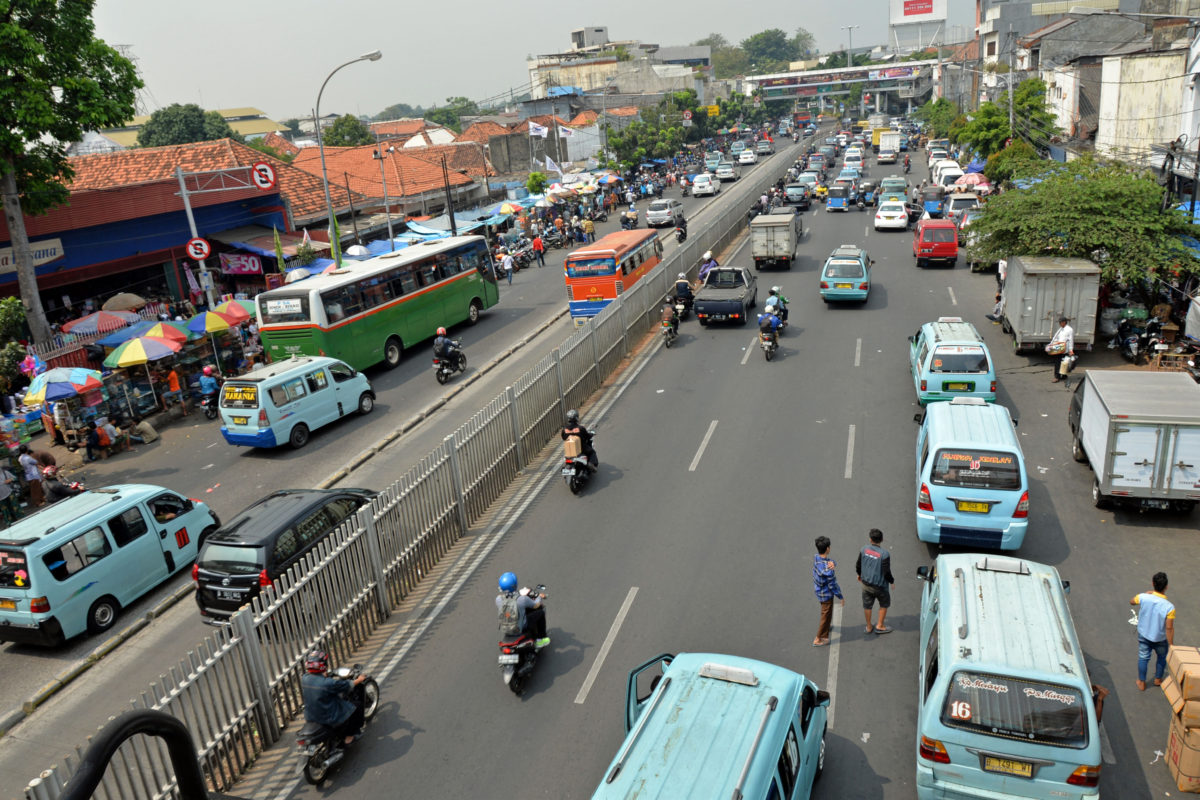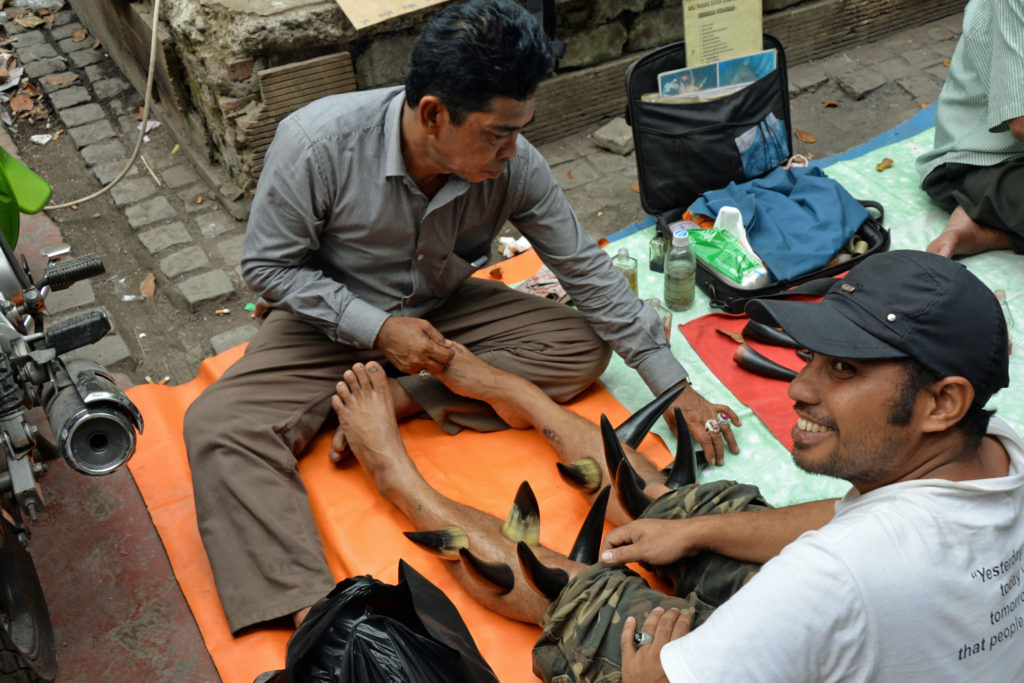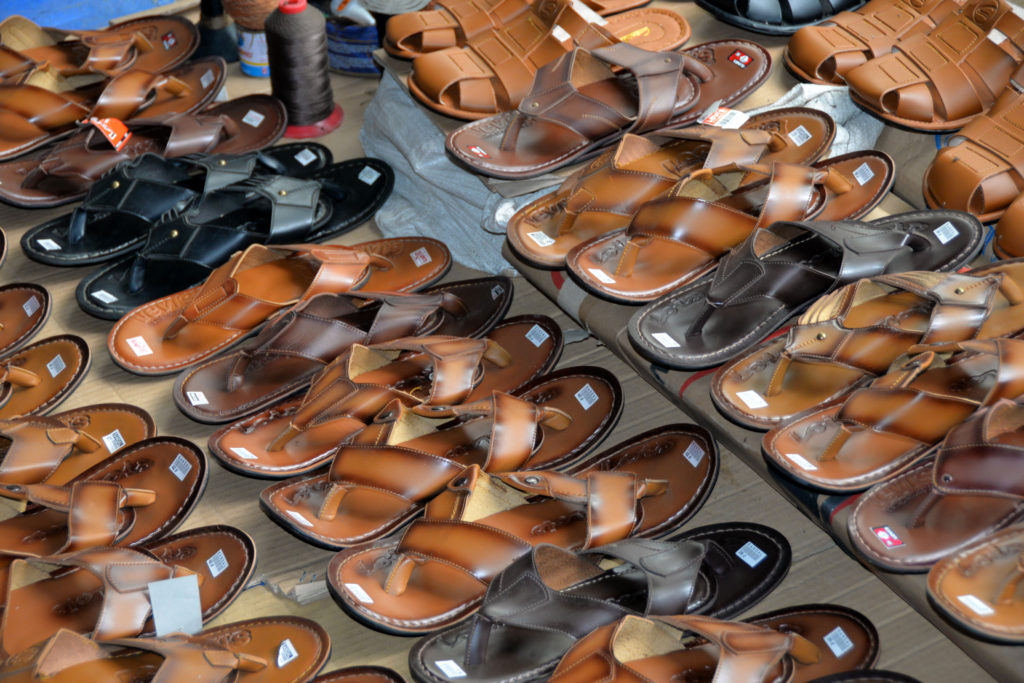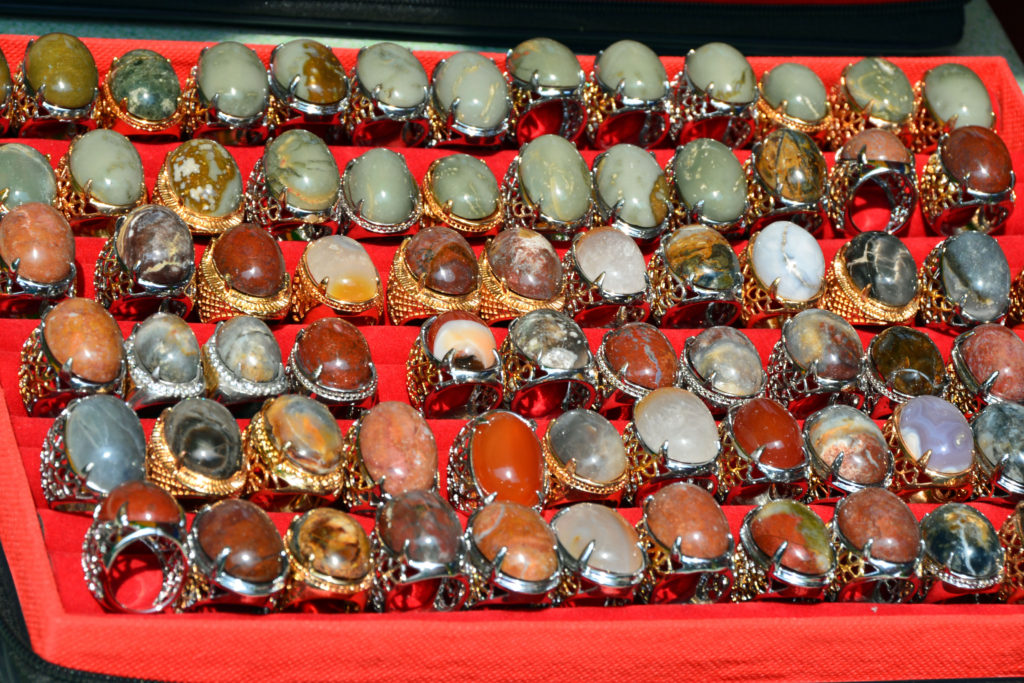 October 21, 2015
October 21, 2015
Story & Photography by Gail G. Collins
At the beginning of the 19th century, Jatinegara became a busy transportation hub. Pausing on a pedestrian bridge over car-choked Jl. Raya Bekasi Barat, it has only grown busier—from markets, burgeoning onto the roadway, to buses and trains. The railway station began as the main connection east to Bandung, and its Dutch Colonial heritage building, designed by S. Snuyff, was constructed in 1910.
Jatinegara began as a Sundanese settlement on swampy ground. By the 17th century, princes of the Sultanate of Banten resided there. The name Jatinegara came from Jatina Nagara, which means “might of the state,” symbolizing the rulers power to stand against the Dutch colonia
ls. The area evolved as an independent municipality and a Dutch military camp with wide roads and a rural setting. In 1656, schoolmaster Cornelius Senen was granted land, acquiring the title Meester, and the area became known as Meester Cornelius. It retained the name until Indonesian Independence.
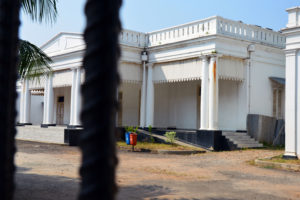 There are several historic sites in Jatinegara. With its white pillars, the District Military Command once served as administration and barracks. Now, it sits forlornly, awaiting a renovation order from 2010 to establish it as the Betawi Art Center. SMP 14 Junior School is a notable government education center. Al-Anwar Mosque stands as the oldest in Jatinegara, supported by 12 villages through donations for construction in 1859. Its glitzy dome belies its understated serene interior. Chinatown bloomed around the area markets with accompanying temples, Tung Djie Wie and Amurva Bhumi. The latter is named for the god of business, to whom entrepreneurs pray for blessings.
There are several historic sites in Jatinegara. With its white pillars, the District Military Command once served as administration and barracks. Now, it sits forlornly, awaiting a renovation order from 2010 to establish it as the Betawi Art Center. SMP 14 Junior School is a notable government education center. Al-Anwar Mosque stands as the oldest in Jatinegara, supported by 12 villages through donations for construction in 1859. Its glitzy dome belies its understated serene interior. Chinatown bloomed around the area markets with accompanying temples, Tung Djie Wie and Amurva Bhumi. The latter is named for the god of business, to whom entrepreneurs pray for blessings.
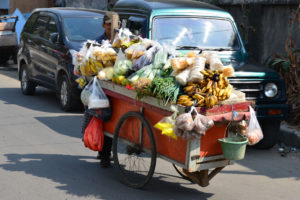
The roadside is clogged with market stalls and shops, hawking everything from sandals to refrigerators. In some places, stuffy warrens are barely passable, while in the open air, massages are performed on shoppers’ tired feet. An animal market, stacked with cages of pets for purchase, offers cats and rabbits to a cramped bat and tiny owls—all suffering the heat. Still, Jatinegara is known for its traditional market, Pasar Rawa Bening or “shiny swamp market.” Today, the outdoor stalls and multi-story Gems Center are swamped with a rainbow of shiny stones. Local finds are the best buy, and an army of men grind on the stones nearby. Go on weekdays, when the prices are lower and guard against fraud. No matter what it is you seek, Jatinegara certainly will satisfy your curiosity.

Gail G. Collins writers internationally for magazines and has co-written two books on expatriate life. She feels writing is the perfect excuse to talk to strangers and know the world around her better.

